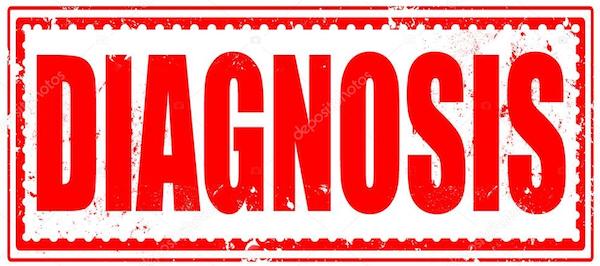What is a Medical Diagnosis?
A MEDICAL DIAGNOSIS is based on information from sources such as findings from a physical examination, an interview with the patient or family or both, a medical history of the patient and family, and clinical findings as reported by laboratory tests and radiologic studies. A differential diagnosis is a process of weighing the probability of one disease versus that of other diseases. It represents an alternative diagnosis that precedes the enlightened diagnosis of pityriasis rubra pilaris. Pityriasis rubra pilaris is not easy to diagnose. In March 2003, English dermatologist Dr. Andrew Griffiths reinforced that fact when he titled his Dowling Oration to the British Association of Dermatologists “Pityriasis Rubra Pilaris – The Scarlet Pimpernel”. Griffiths quoted Baroness Orczy’s character who says: “They seek him here, they seek him there, that damned elusive Pimpernel.” We agree with Griffiths, “This disease remains an enigma.” (2)
What is the Diagnostic Role of the Dermatologist?
CLINICAL OBSERVATION is where it all begins. What symptoms are visible to the dermatologist in the examination room?A dime-sized red spot on a forehead can reasonably be diagnosed as seborrheic dermatitis. Similarly, a patient “in full bloom” presenting with 90% coverage, islands of sparing and other key indicators might be more than enough to awaken a memory of a grand rounds experience six years earlier in medical school, a textbook or a prior patient.
What is the Diagnostic Role of the Dermatopathologist?
THE MICROSCOPE is where the clinical observations are either supported or not. Biopsies sent to a dermatopathologist are often used to “rule out” specific skin maladies or causes. The PRP community has learned from shared experiences – albeit anecdotal – that when the dermatologist suspects PRP and instructs the dermatopathologist to “consider PRP”, that the findings support the clinical observations.
What is a Differential Diagnosis?
A DIFFERENTIAL DIAGNOSIS is the method by which a physician determines what disease process has caused a patient’s symptoms. The physician considers all relevant potential causes of the symptoms and then eliminates alternative causes based on a physical examination, clinical tests and a thorough case history. (3)
“A differential diagnosis is a quest for a diagnosis. What is wrong with the patient internally? It is not, inherently, a search for the ultimate cause (critical to liability) of that disease process or disorder.” (4) It is “the process of weighing the probability of one disease versus that of other diseases possibly accounting for a patient’s illness.”(5)

(2) Griffiths WA. Edited version of the Dowling Oration delivered to the British Association of Dermatologists in Liverpool, England. March 2003. http://prpsurvivalguide.org/wp-content/uploads/2017/05/Dowling-Oration-2003-Liverpool-England.pdf Accessed August 7, 2017.
(3) Committee on the Development of the Third Edition of the Reference Manual on Scientific Evidence, Committee on Science, Technology, and Law Policy and Global Affairs, FEDERAL JUDICIAL CENTER, National Academic Press, Washington, DC, page 214; https://www.fjc.gov/sites/default/files/2015/SciMan3D01.pdf Accessed August 7, 2017.
(4) International Center for Toxicology and Medicine. From Symptoms to Liability: The Distinct Roles of Differential Diagnosis and Causation Assessment. http://www.ictm.com/Downloads/dri-causation.pdf. Accessed August 7, 2017/
(5) MedicineNet.com. Medical definition of differential diagnosis. http://www.medicinenet.com/script/main/art.asp?articlekey=2991 Reviewed May 13, 2016. Accessed August 7, 2017.


